Hair care: Lice (ages 8-10)
Good Skin Knowledge lesson plan
Time: 45 min
Objective
Students will be able to:
Learn that lice can affect anyone and enjoy both clean and dirty environments
Identify that lice are bugs
Learn that lice are easily treatable
Materials
Something to pass around like hot potato (small ball, stuffed animal, even a crumpled piece of paper)
Music (optional)
Assessment
During Guided Practice, assess discussion and whether students understand the ideas of the What A Lice Day handout.
During the Closing, evaluate if students grasped the subject matter based on students’ answers to True or False questions.
Opening
3 minutes
Ask students, “Do you like bugs?” Allow students to respond/react.
Ask, “How about bugs in your hair?”vAllow students to respond/react.
Explain today they will be learning about lice. Ask if anyone has ever heard of lice and/or what they know about it.
Say they are going to learn more about it today because there are a lot of misconceptions about lice.
Introduction to new material
10 minutes
Materials: What A Lice Day handout
Distribute What A Lice Day handout to students.
Depending on group, read it out loud, or students can take turns reading, or students can read in pairs. If you read out loud, emphasize bold sentences and read enthusiastically.
Guided practice
10-15 minutes
Materials:
Ask some or all of the follow-up questions:
Why did Squeaky decide to go to the nurse?
What are lice?
Do you know anyone who has ever had lice? What did you think when you found out?
Why do you think the other kids called him “gross” and “disgusting?”
How do you think Squeaky felt when the other kids made fun of him? Was it okay for them to do that?
Pass out Lice Facts handout and goes through each fact with students. Students can read out loud or you can go through each one.
Closing
5-10 minutes
Materials: Ball/crumpled paper/small object to pass around; music (optional)
Ask all the students to stand up and get in a circle/sit in a circle/arrange desks in a circle.
Explain they will be playing True or False Hot Potato. Students will pass around ball (or whatever is being used to be passed around) until either music stops or Facilitator says, “Stop.” Student who has the item has to answer the question. If it is False, they have to say the correct answer.
Hand item to be passed around to a student. Turn around and either turn on music, hums, or just waits.
When ready, turn off music or say, “Stop!”
Find student with item and asks question before repeating steps 3 and 4.
Sample True or False questions:
Baby lice are called nits. (False: Eggs are nits.)
Lice don’t jump or fly. (True: Spread from clothes by crawling.)
Only kids get lice. (False: Anyone can get lice.)
Lice like both clean and dirty hair. (True.)
The boy’s name from the story was “Jumpy.” (False: Squeaky.)
Lice is only one bug. (False: louse is only one bug.)
Nits come out easily from your hair. (False: You have to scrape out nits with a special comb.)
You can use hot water to treat lice. (False: You need special shampoo.)
You should wash all your clothes and bedding if you find out you have lice. (True.)
Lice make your head itchy when they bite you. (True.)
Lice is not common. It is very rare for people to get lice. (False: It is very common. Extra info for you to reinforce: 6-12 million kids age 3-13 get it every year.)
People get lice because they are dirty. (False: Anyone can get lice. Even if you shower three times a day!)
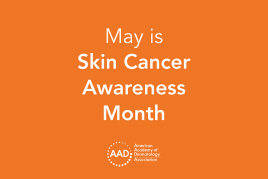 Think sun protection during Skin Cancer Awareness Month
Think sun protection during Skin Cancer Awareness Month
 How to care for your skin if you have lupus
How to care for your skin if you have lupus
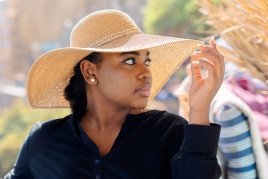 Practice Safe Sun
Practice Safe Sun
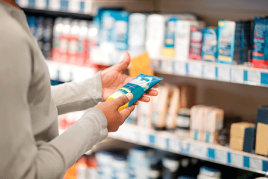 Sunscreen FAQs
Sunscreen FAQs
 Fade dark spots
Fade dark spots
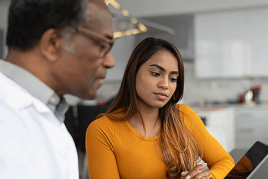 Hidradenitis suppurativa
Hidradenitis suppurativa
 Laser hair removal
Laser hair removal
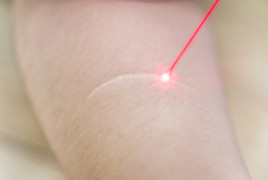 Scar treatment
Scar treatment
 Botox
Botox
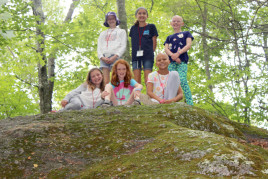 Kids' camp - Camp Discovery
Kids' camp - Camp Discovery
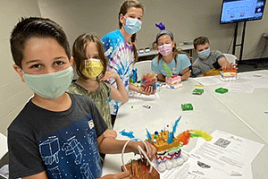 Dermatologist-approved lesson plans, activities you can use
Dermatologist-approved lesson plans, activities you can use
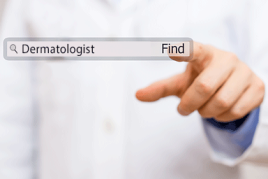 Find a Dermatologist
Find a Dermatologist
 Why choose a board-certified dermatologist?
Why choose a board-certified dermatologist?